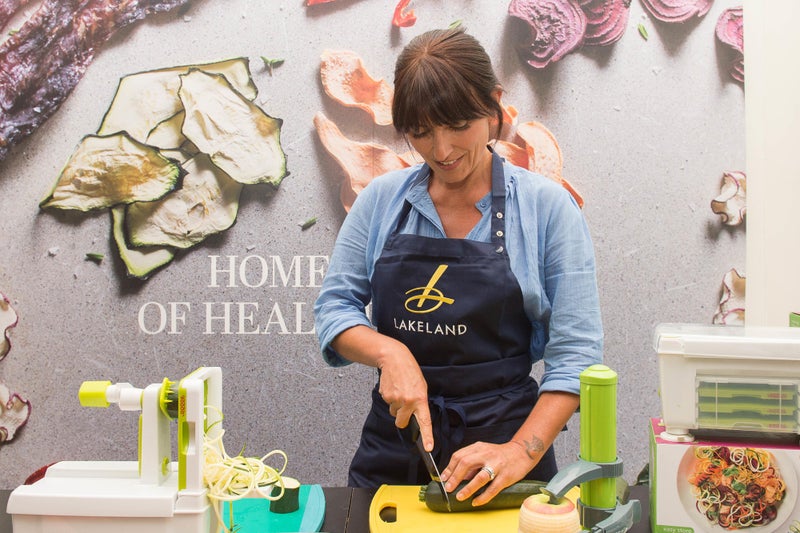Interior designer Helen Gordon – who has since co-founded regenerative interior design and build studio Nested Living, and sits on the British Institute of Interior Design’s sustainability committee – witnessed this first-hand as a retail buyer for high street homewares brands in the early 2000s.
The garment workers inside – who operated in sweatshop conditions, earning less than $2 (£1.60) a day – made clothes for big name high street retailers, including Primark and Matalan.
In recent years, fast fashion has faced a reckoning – in part due to the Rana Plaza disaster in 2013, in which 1,134 people were killed and at least another 2,000 injured when a factory collapsed in Bangladesh.
Walk into any big UK supermarket, and somewhere between the pasta and pet food you’ll find an aisle stacked with seductively stylish yet affordable homeware.
Since then, a slew of initiatives – from sustainable fashion week to Second Hand September – have changed how many of us buy and think about clothes.































